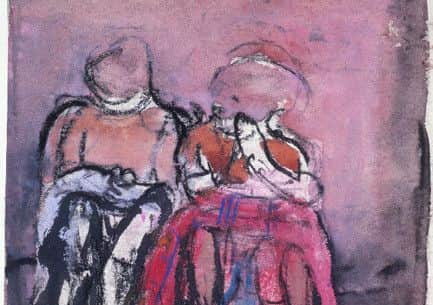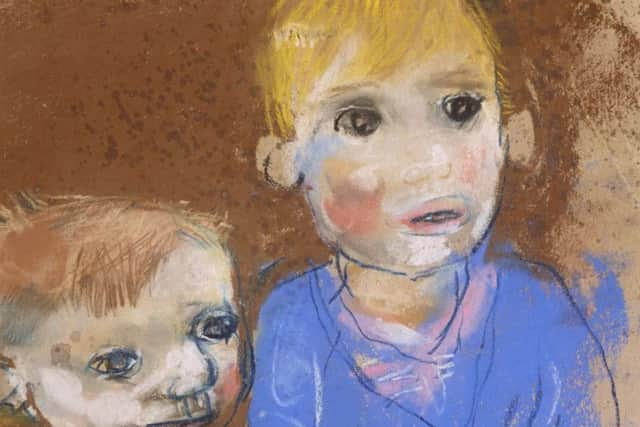Unseen work of Scots artist Joan Eardley set for new exhibit


Sketches, drawings and photographs by Joan Eardley, who is renowned for her paintings of children playing in the back streets of Glasgow and scenes of the north-east fishing village of Catterline, will be showcased three decades after being donated to the Scottish National Gallery of Modern Art.
The Eardley show is expected to be a highlight of the National Galleries of Scotland’s 2016 programme, which will feature a show bringing masterpieces by Monet and Van Gogh to Edinburgh from the US and the Netherlands.
Advertisement
Hide AdAdvertisement
Hide AdAnother, which will bring together four 20th century collections said to feature some of the world’s greatest Surrealist works, will showcase artists such as Dali, Magritte, Miro and Picasso.


A 600-year celebration of self-portraits, including Rembrandt, Allan Ramsay ,Andy Warhol and Annie Lennox, will feature more than 140 works and allow audiences to use the latest technology to create their own “selfie” portraits which will be captured for posterity.
Born in 1921, Joan Eardley studied at Glasgow School of Art, but died of breast cancer when she was just 43. NGS, which describes her work as being among the most celebrated in Scottish art, said the new show will draw on a “remarkable” collection of sketches, drawings and photographs gifted by her sister Pat in 1984.
It will include never-before-seen images and sketches of the real-life 1950s schoolchildren who lived close to Eardley’s studio in the Townhead area of Glasgow and were depicted in some of her most famous works.Highlights from the “largely unknown and unpublished” collection – described as fragile testaments to her way of working – are being specially conserved before going on display next December.
Advertisement
Hide AdAdvertisement
Hide AdSimon Groom, director of the modern art gallery, said: “The material we are presenting for the very first time is staggering. There are literally thousands of sketches, drawings and photographs in this archive. She used these really innocent, unobserved, unobtrusive photographs of children playing to create these amazing images for which she became so well known.


“Rather than just use one piece of paper for her pastel sketches, she would often draw across maybe three or four as a kind of collage. We’ve got them in the way they were put together. We think the exhibition will come as a revelation.”